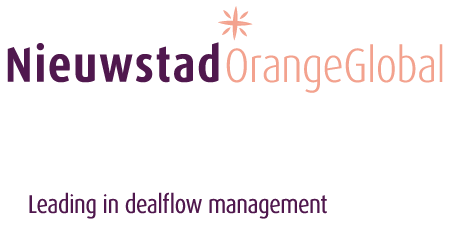perspective
Real estate users
such as residential care
Where real estate is purpose-built for a specific activity or service, the user also tends to be the owner. Many public buildings that were designed for specific functions such as culture, sport and education are owned by the government, for instance. But the users of buildings with a public function are now also looking to transfer the operation of these buildings to professional real estate owners.
Over the past 5 years or so, new asset classes such as residential care real estate have also come to the fore. The separation between healthcare funding and residential funding has accelerated this trend – not just for publicly-funded healthcare institutions, but also increasingly for private initiatives.
But how should this asset class be perceived? Is its purpose primarily residential or commercial? What are the risk/return implications? How can the real estate owner keep his tenants satisfied? After all, they are not used to being tenants and they may have specific needs that the real estate owner may not be familiar with. And what if regulations are changed?
Fortunately, there are already some examples of successful cooperation between care providers / entrepreneurs and real estate investors and their financiers. Looking to the future, it is clear that residential care real estate, as well as other forms of public real estate, still has significant growth potential.
Barbette de Graaf is involved in several initiatives in this field, for instance co-initiator of Community Care Invest, a company dedicated to residential care real estate. One such project concerned the conclusion of 20-year lease agreements with the private care entrepreneur Blueprint Group for its locations in Grave and Smakt and the acquisition of these locations for Rosewood Investments. Another concerned the conclusion of a 20-year lease agreement with care entrepreneur Dennenhorst for its new-build location in Veenendaal and the sale of that location and turnkey new-build to a Dutch family fund.

“A new residential care asset class is emerging that combines residential, commercial, healthcare and hospitality aspects. That’s a huge challenge, notably because the target group of elderly people with moderate to intensive residential care needs is growing, whereas the knowledge and expertise for this asset class is still limited in the Netherlands. That is impeding the flow of funding into this promising asset class as well as the opportunities for people who only have a short horizon left but still want to live in a comfortable home.”


